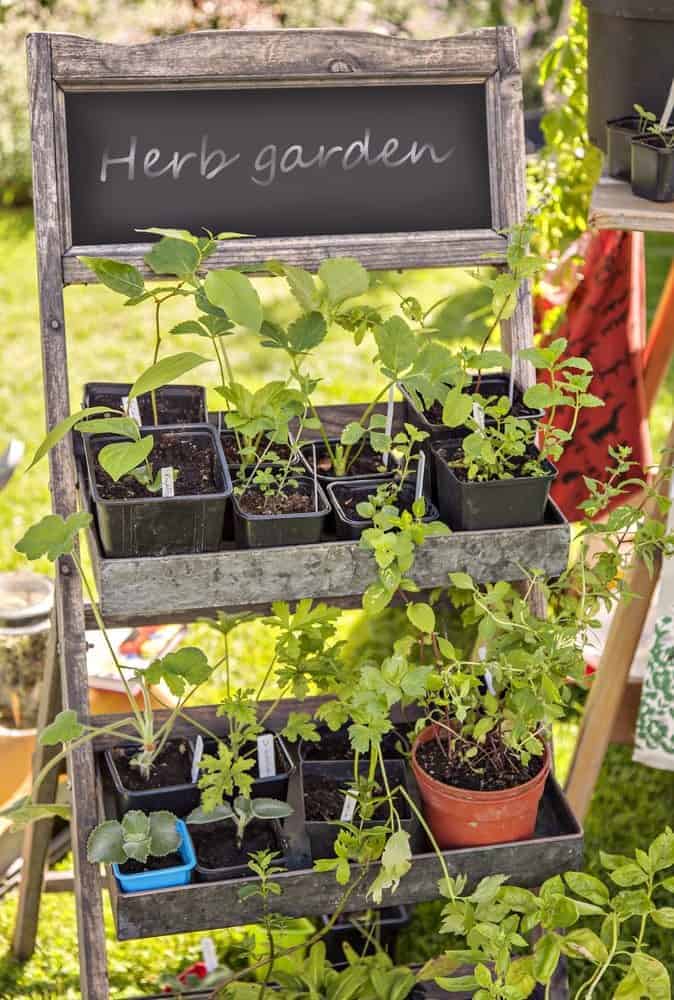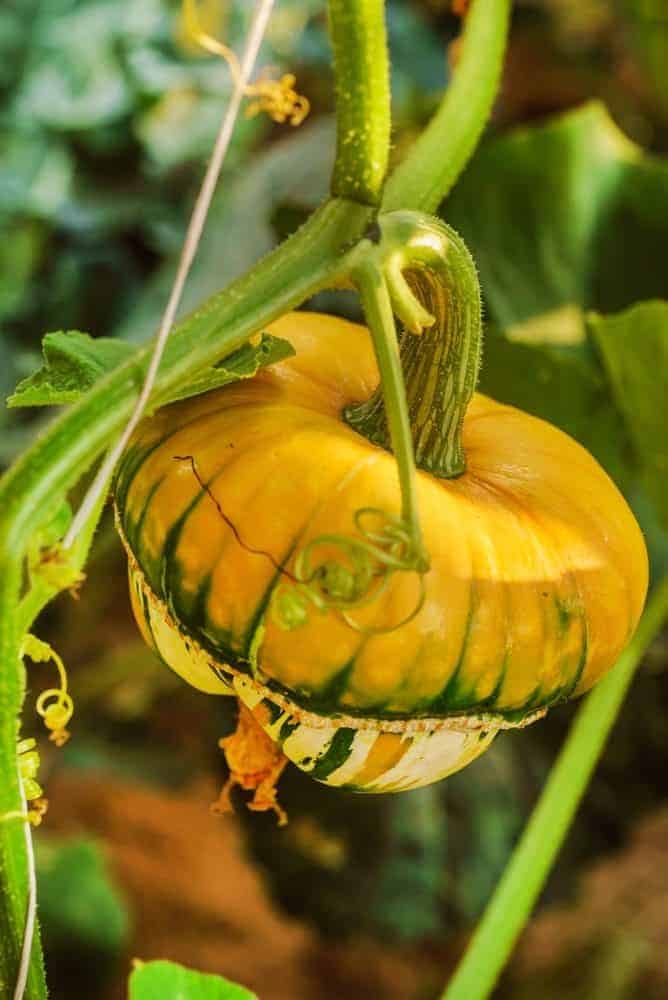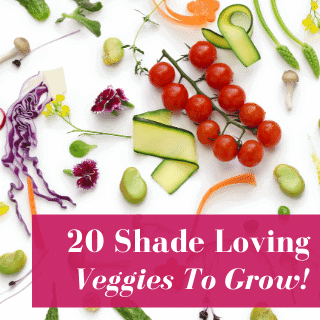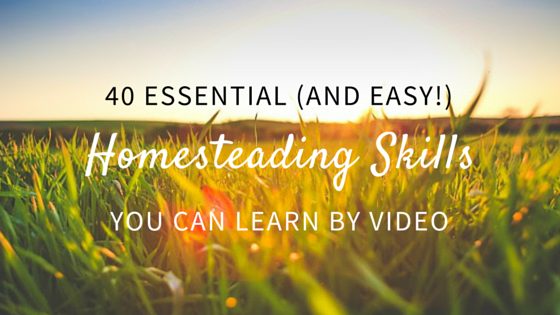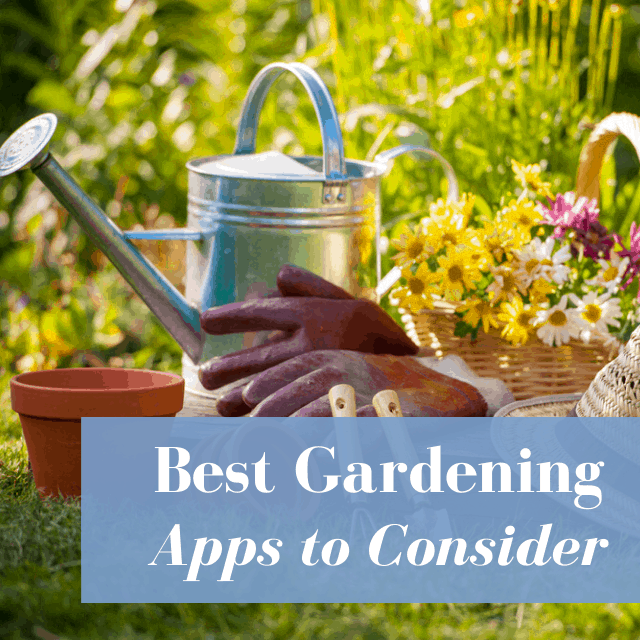What do you do when the place you call home doesn’t have room to accommodate your love of gardening?
What do you do when you want to feed your family as frugally as possible without sacrificing nutrition or resorting to frequent fast food meals?
How about re-thinking your living space?
Vertical gardening is a smart way to enjoy a love of gardening in limited spaces such as apartments and homes in urban areas, and offers an eco-friendly, budget-friendly, inventive way of growing plants, fruits, and vegetables at home.
Vertical gardening has a very minimal footprint because they take up so little space in your home.
Back in the day, before we moved to our homestead, I became the master of vertical gardening. I had a very small space to grow, which meant I couldn’t grow in traditional garden beds….but I could grow vertically!
We had some great tomato harvests in our 3-foot by 6-foot balcony, and even got to grow cucumbers, zucchini and, one year, we even did sweet potatoes!
If we had enough light in our living room or kitchen, I probably would have grown a living wall of herbs in the house as well! An indoor vertical garden can reap a harvest all year long without worry of frost or other outdoor climate conditions.
Vertical gardens are much easier to harvest than a traditional garden, and are also in some ways easier to manage and maintain (less weeding). Here are the steps you need to take to create your own vertical garden!
How to maximize space in your vertical garden
In all likelihood, you’ve already chosen a space for your vertical garden – it might be a balcony, patio, indoor or outdoor wall. You can also create a simple, freestanding wall on your own. Just make sure your location is easy to get to, easy to water, and easy to harvest.
You will need containers – go with something 4 to 6 inches deep at a minimum, depending on the vegetable you’re growing. Any smaller, your plants will have difficulty absorbing nutrients and become root bound, especially as they begin to bear fruit.
Hanging planters also let you maximize your space – you can grow down as well as up.
For vining plants, you will need trellises. You can buy trellises, or make them yourself out of any material you choose.
We used bamboo sticks like these. They’re easy to manipulate and last a while. Be sure to install your trellises BEFORE planting to limit damage to your vegetable plants’ roots.
Deciding what to grow
The location of your vertical garden, the climate you live in, and the amount of sunshine it receives are major factors in what you can grow successfully.
We did best with cherry tomatoes, cucumbers, and squash/zucchini. Tomatoes grew easily in 4-inch deep hanging planters like these.
Whatever vegetables you decide to grow, it’s best to go with bush varieties since they require less space and look tidier (if you’re looking into vertical gardening, I’m guessing you have neighbors – lots of trellises and sprawling plants might make them roll their eyes.)
Peas, greens like lettuce, and beans are other safe bets because they do not require deep soil. Choose vegetables that grow well in vertical settings using climbing vines and geo-bags for root management.
Herbs are another option, and we had good luck growing them in even shady areas (the exception is cilantro – we didn’t have much luck because the taproot is long and the plant itself is finicky). You can grow herb in pots – we would hang them off a wall, since they can live happily in a 6-inch pot.
Don’t forget that you can also grow edible flowers – pansies and violets are two that we love. If you want to grow medicinal plants, roses, dandelions, lavender, and calendula are some easy options (and the nosy neighbors are less likely to object to flowering plants.)
Just like with any garden, you should grow the food you actually like to eat – there’s no point in growing zucchini if you don’t like it. If you prefer tomatoes or greens, then grow more of them instead.
Remember, as well, that you will need to feed your vertical garden heavily – the plants will have a smaller area from which to draw nutrients. This is easily accomplished by watering with a compost tea – your plants will get water PLUS nutrients.
You CAN buy commercial fertilizers, but you’re wasting your money. You can usually source manure for free (you only need a couple gallons to make enough tea for the summer).
If you want to take your gardening experience a step further, you can create your own compost with a worm compost bin. It’s easy – we did it for years in a condo, and you can gather the worm castings as needed (and have a place to recycle your scraps).
I’d like to hear from you!
Are you a vertical gardener? What are you currently struggling with? Leave a comment below!
Maat van Uitert is a backyard chicken and sustainable living expert. She is also the author of Chickens: Naturally Raising A Sustainable Flock, which was a best seller in it’s Amazon category. Maat has been featured on NBC, CBS, AOL Finance, Community Chickens, the Huffington Post, Chickens magazine, Backyard Poultry, and Countryside Magazine. She lives on her farm in Southeast Missouri with her husband, two children, and about a million chickens and ducks. You can follow Maat on Facebook here and Instagram here.

